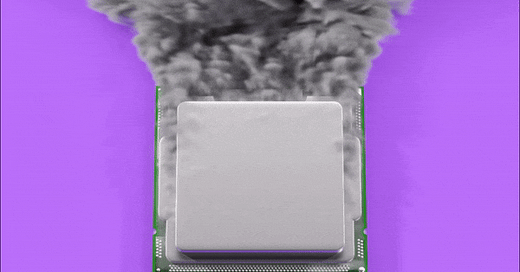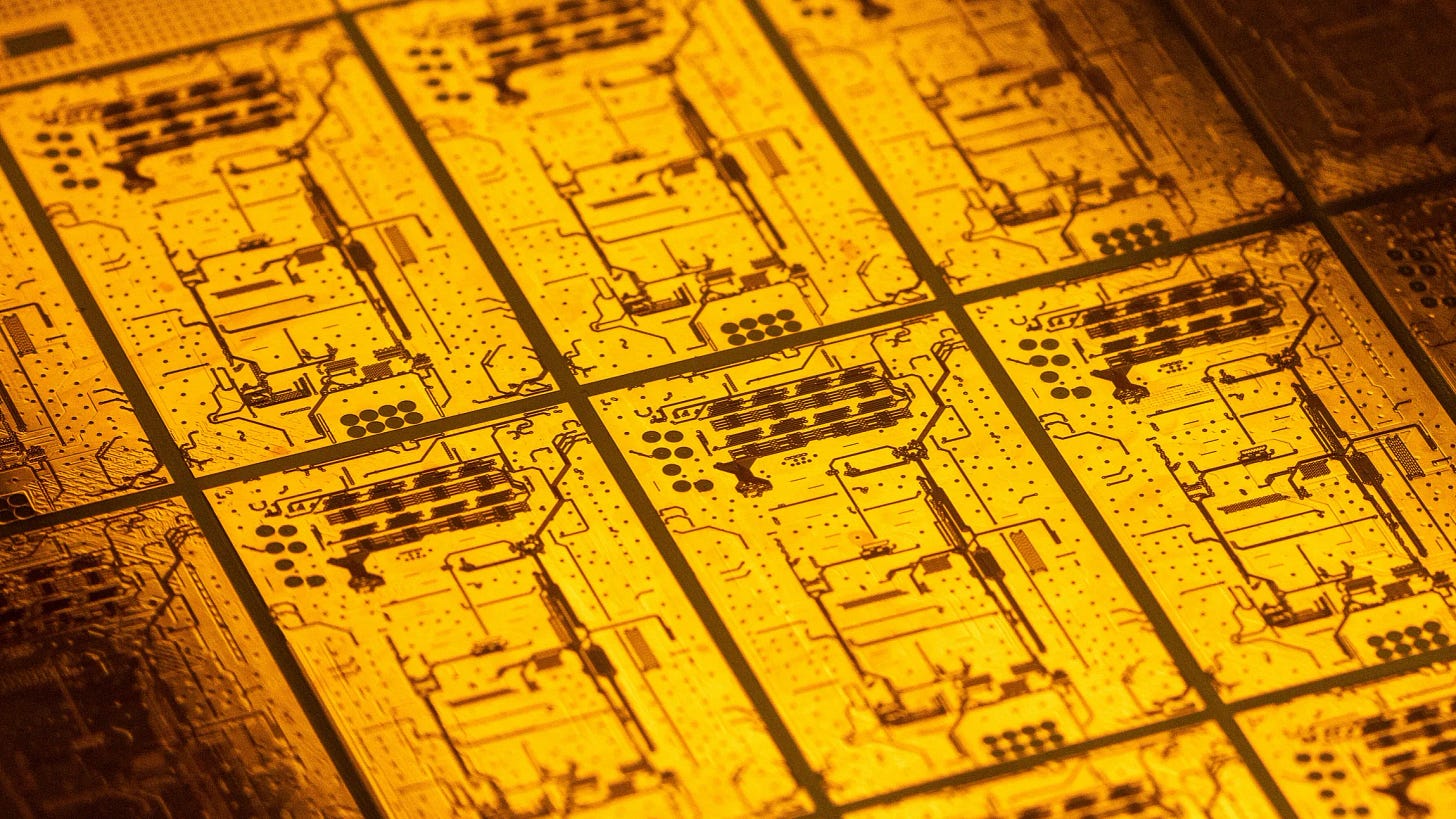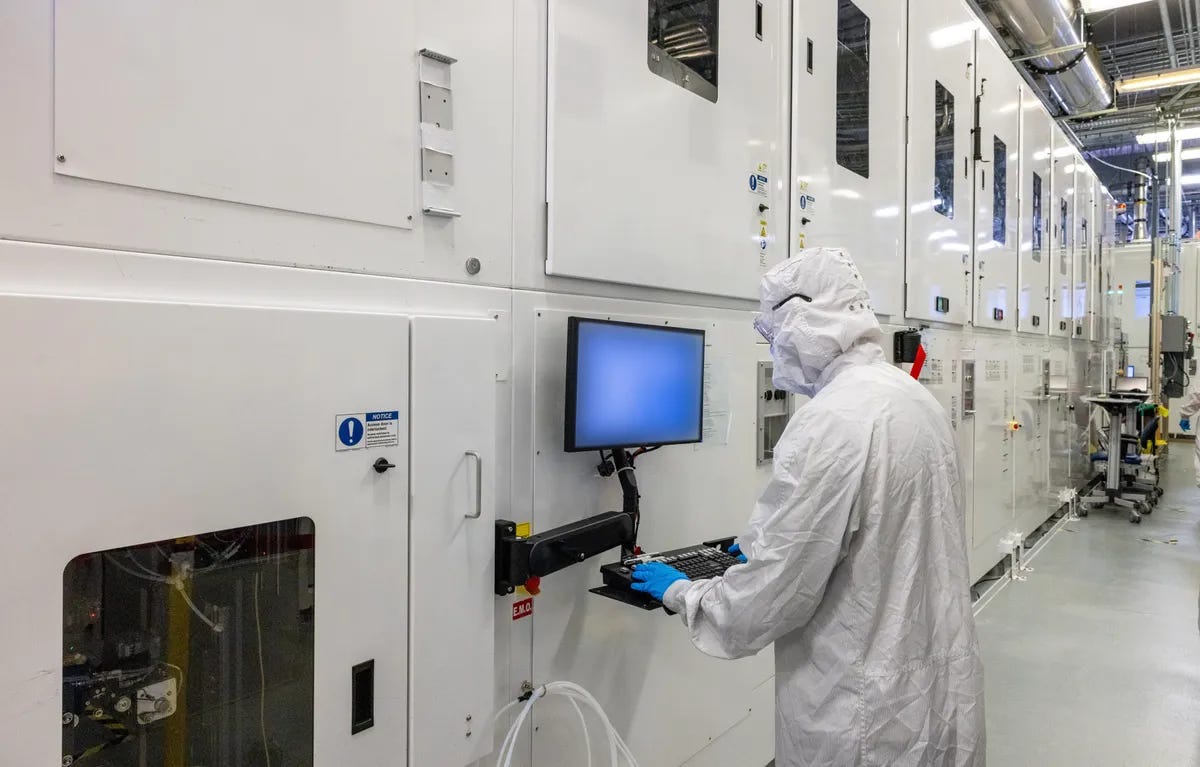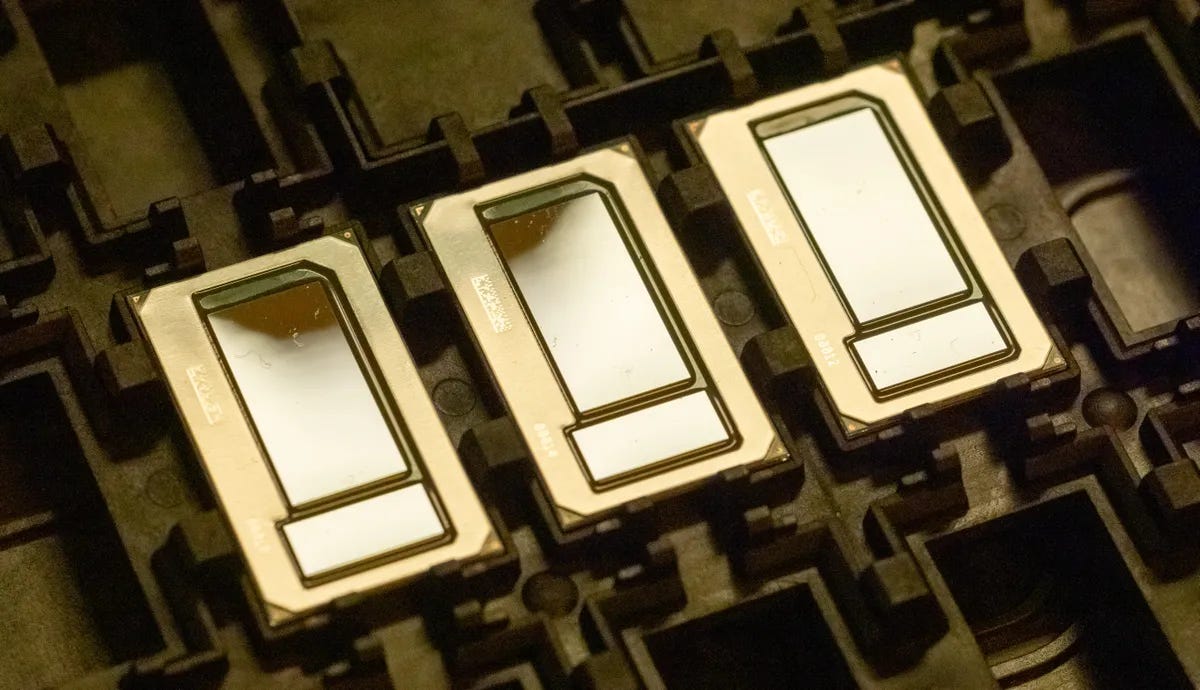The current AI Tech wave explosion is leading to an exponential increase in what our AI software and hardware infrastructure technologies, especially at the semiconductor chip level, are going to need to deliver just by the end of the decade. In a post a couple of days ago on the financial ebbs and flows post the Arm Holdings IPO vs Nvidia in the white-hot AI driven semiconductor chip sector, I made a distinction between two types of cycles:
“The Financial and Secular cycles in technology waves, need to be analyzed separately.”
This is true especially in public markets given the more liquid and dynamic flows of capital in the financial markets.
Secular technology waves come to mind given the challenges ahead as the next generations of Foundation LLM AI models grow up to a thousand fold in just a few years in computational requirements. The bigger challenge here is the commensurate load on ‘Compute’ power and heat management requirements.
It’s in that context this latest update, complete with detailed pictures, from Intel via CNET on where we may get the next major boost in semiconductor chips is noteworthy in terms of secular improvements in underlying technologies. The headline hints at what’s ahead, “Inside Intel’s Chip Factory, I Saw the Future. It’s Plain Old Glass”.
“Intel is moving its processors to a new foundation to try to keep up with exploding demand for new computing horsepower.”
“Computer processors are some of the most complicated devices humans ever created. Engineers pluck just the right combinations of atoms out of the periodic table to make materials that can steer cascades of electrons through billions of finely etched circuits at ultrahigh speeds.”
“But the next breakthrough to make our laptops more efficient and AI more powerful could come from plain old glass. I've just seen firsthand how it works.”
“Intel will detail the glass technology at its Innovation event Tuesday in San Jose, California. I was one of just two journalists who got the first look at how this technology works, donning a stuffy head-to-toe "bunny suit" to enter Intel's ultraclean CH8 factory in Chandler, Arizona.”
“There, in a hulking white high-tech building in the Phoenix area's scorching desert landscape, Intel transforms sheets of glass the size of a small tabletop into paperclip-sized rectangular sandwiches of circuitry built with some of the same techniques as the processor itself.”
“In short, that means a new way to sustain Moore's Law, which charts progress in cramming more circuitry elements called transistors into a processor. The A17 Pro processor in Apple's new iPhone 15 Pro has 19 billion transistors. Intel's Ponte Vecchio supercomputing processor has more than 100 billion. By the end of the decade, Intel expects processors with -- if you can imagine it -- a trillion transistors.”
For further context, note that Nvidia’s high-end H100 GPU chips, which go for over $30,000 apiece, have 80 million transistors. The state of the art OpenAI GPT4 Foundation LLM AI models run on tens of thousands of these chips in Microsoft and other AI cloud data centers.
The efforts are underway at Intel facilities in the US, an issue important to politicians currently pre-occupied with the national security implications China, and its ambitions on Taiwan, where Taiwan Semiconductor (TSMC) makes most of the chips for Nvidia, Google, Apple, Meta, Amazon, OpenAI/Microsoft. As outlined separately, India and other countries are aggressively investing ahead to keep the world supplied with the chips over the decades ahead. Intel also held its third annual Intel Innovation 2023 event this week. Here’re some more highlights from the event, with several announcements related to AI and their computing roadmap ahead.
The transition to glass is still a few years away at scale:
“The glass technology underneath a processor won't arrive until the second half of the decade, and when it does, it'll appear first underneath the biggest, most power-hungry chips, the ones that perch in thousands of servers stacked up in data centers operated by huge "hyperscalers" like Google, Amazon, Microsoft and Meta.”
“That's because glass brings several advantages to these hot and huge chips, said Rahul Manepalli, an Intel fellow who leads Intel's module engineering work.”
“It can accommodate 10 times the power and data connections as today's organic substrates so more data can be pumped in and out of a chip. It doesn't warp as much, critical to ensuring processors lie flat.”
The whole article, along with its supplemental photos gives a lot more context at the complexities involved, and the work that lies ahead for this secular shift in chip technology. But as with financial cycles, it’s worth better understanding and anticipating. Stay tuned.
(NOTE: The discussions here are for information purposes only, and not meant as investment advice at any time. Thanks for joining us here)







